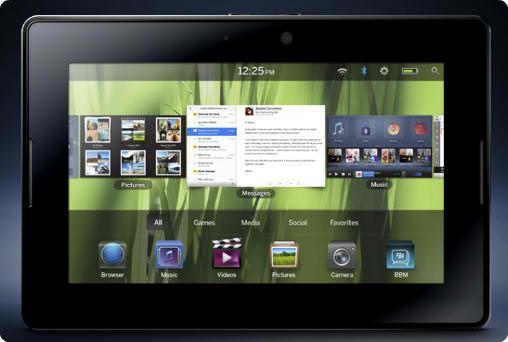
When Apple's iPad launched, it broke open a whole new market for manufacturers of mobile devices. Despite the fact that the tablet market was around, and that tablets were certainly available for purchase by the general consumer, it wasn’t a market that was on the radar for most people. That’s because the tablet market was saturated with devices that were more work-oriented, rather than devices meant for the consumer to entertain themselves with. That all changed with the iPad’s launch, and obviously manufacturers believe that this new, evolved tablet market is one to take advantage of, as we’ve seen a ridiculous amount of tablets hit the market. But, are manufactures pushing the entertainment device too hard?
As it stands right now, there’s been plenty of debate as to whether or not the iPad, or iPad 2, is a device that can be used to actually get any work done. Depending on your job, of course, the tablet may be able to wrap up your entire work day in a nice little package. But, while some may be able to get some work out of the device, it would seem that the majority doesn’t believe the iPad, and plenty of Android-based competitor models, can be seen as a productivity tool. Of course, with the amount of applications that are available for the iPad, like Pages and Numbers, Apple would point out that the iPad is indeed a tool to get work done.
But it seems to me that the manufacturers creating these tablets devices don’t really intend for these things to be productivity tools. They want you to be able to acquire media, to spend more money through microtransactions through different app stores or other digital venues. But, using your tablet for work, or even as a means to keep your laptop tucked away a little longer, doesn’t look to be one of the main categories of inspiration for most of these tablets.
Of course, there are notable exceptions. In point of fact, it looks like Research In Motion designed their first tablet device, the BlackBerry PlayBook, to be the best of both worlds. However, in their search for that perfect work-and-play tablet, they managed to forget some key elements on the tablet, and may have made it too dependent on connecting to a BlackBerry smartphone for certain core functionality. So, while RIM tried to make a tablet that could entertain and provide productivity, they missed the mark. Hopefully time will make it better, and we can certainly hope it will.
Tablets are still used in certain stores across the world. If you go into a Microsoft store, you’ll see the employees there using tablets to progress through customer interactions. The same goes for Verizon corporate stores. Tablets are still used for work purposes in specialized locations, but it seems to me that the tablet market for general consumers is positioned firmly in the media consumption department.
So if manufacturers are determined to release these tablets as media consumption devices, and tack on a few features that could be perceived as work functionality, when will we see a change? And, more to the point, what would manufacturers have to do to release a tablet that’s both focused on media consumption, as well as getting work done? In your opinion, what’s the perfect tablet? Let me know in the comments below.